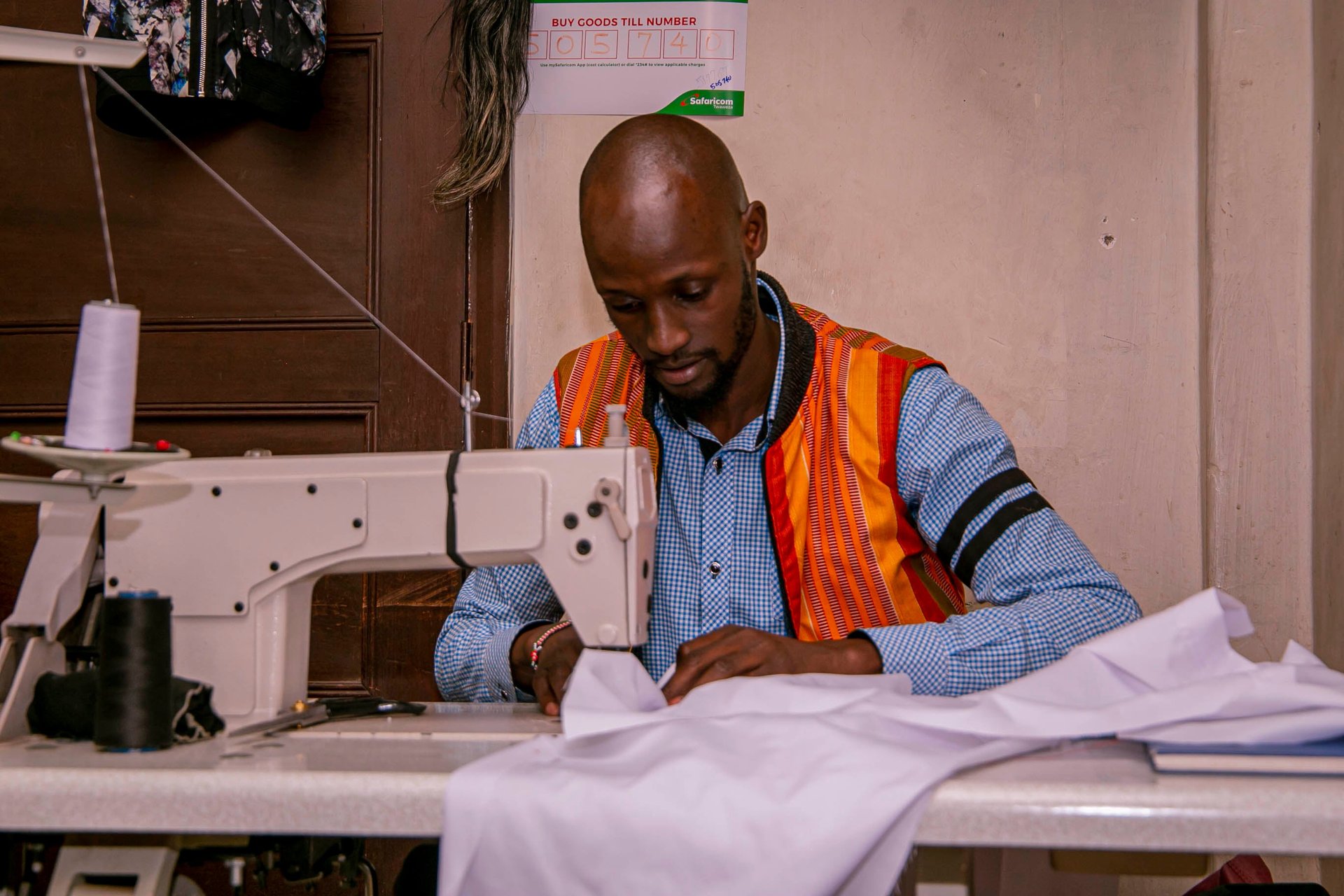The rise of the global “side hustle” and how one job isn’t enough in the gig economy
Global multilateral institutions like the World Bank, OECD, and the IMF expend a lot of effort trying to understand the scope and size of each country’s informal sectors. While the share of the informal economy in North America is less than 10%, the IMF estimates it’s around 35% across Africa (though many studies suggest that severely underestimates the true reach of the sector).


Global multilateral institutions like the World Bank, OECD, and the IMF expend a lot of effort trying to understand the scope and size of each country’s informal sectors. While the share of the informal economy in North America is less than 10%, the IMF estimates it’s around 35% across Africa (though many studies suggest that severely underestimates the true reach of the sector).
For informal entrepreneurs, options have always been limited. Imagine a small shop in a rural area or informal settlement (slum)—its owner has no credit history or access to business loans. Today, what’s different is that more people have a smartphone, and that has opened up many possibilities. So, that same shop owner may also be an Uber driver, have another gig-economy job, and boost business by selling the shop’s products on Instagram and WhatsApp.
Of course, people have long supported themselves through a series of side hustles in many countries across Africa. But now, globalized digital technology has added an efficiency that reminds us that on the continent, the gig economy is the economy.
In the third episode of The Gig is Up, we explore the implications for workers in economies that are already geared towards informal or temporary employment, and how digital-enabled gig work changes things—or not.

This podcast is presented in collaboration by BFA and Quartz Africa.
Sign up to the Quartz Africa Weekly Brief here for news and analysis on African business, tech and innovation in your inbox